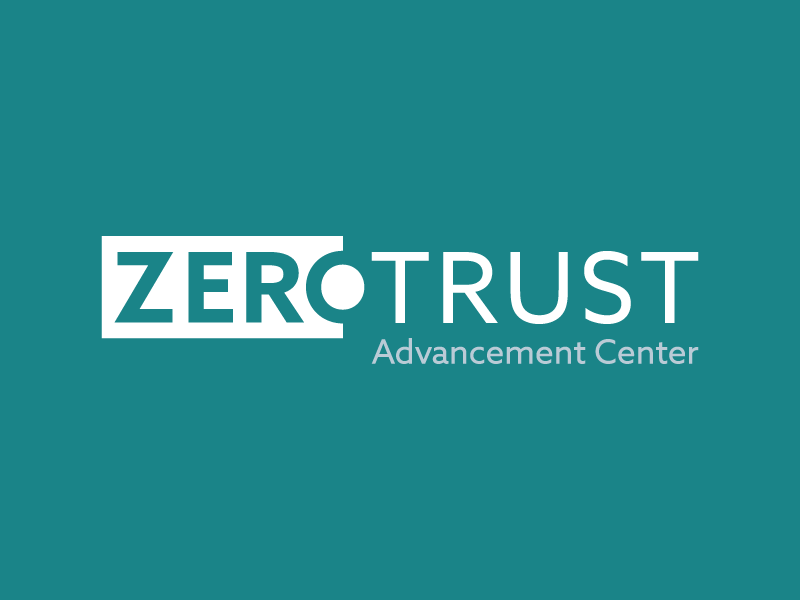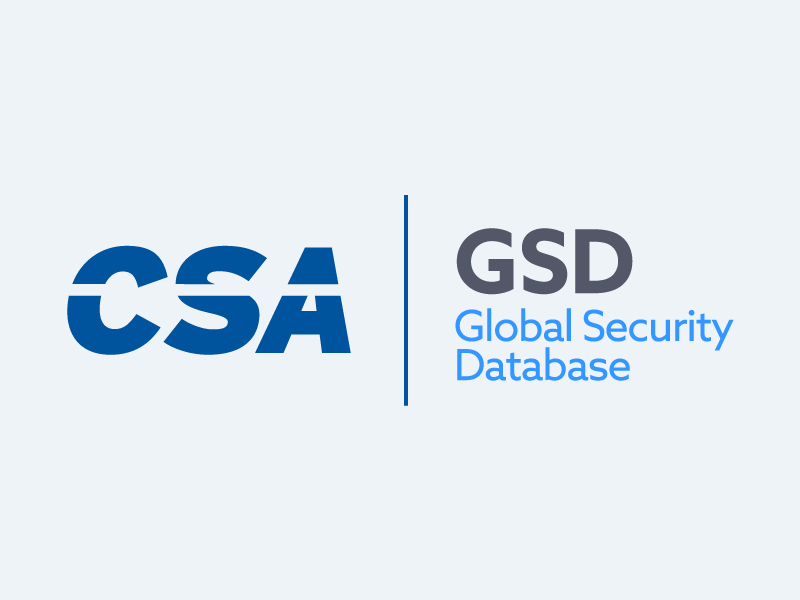The Future of Cloud Cybersecurity
Blog Article Published: 04/29/2024
Written by Ashwin Chaudhary, CEO, Accedere.
As we continue to embrace digital transformation, the future of cybersecurity in the cloud computing landscape is a topic of top importance. With an increasing number of businesses and individuals relying on cloud services, the need for robust and effective cloud cybersecurity measures has never been greater.
The Current State of Cloud Cybersecurity
Today, cloud cybersecurity is a dynamic and rapidly evolving field. The shift to remote work and the increasing dependency on cloud services have exposed new vulnerabilities and expanded the attack surface for cybercriminals. Despite the challenges, cloud service providers are continually improving their security measures, employing advanced technologies like artificial intelligence and machine learning to detect and mitigate threats.
- A staggering 95% of security professionals remain concerned about public cloud security.
- 43% of cybersecurity professionals face the challenge of a lack of qualified security staff.
- 72% of respondents use two or more cloud providers, making security priorities such as preventing misconfigurations, securing cloud apps, and achieving regulatory compliance increasingly challenging.
- 80% of organizations experienced a serious cloud security incident during the last year.
- 25% of organizations worry that they’ve suffered a cloud data breach and aren’t aware of it.
- 59% of cybersecurity professionals identified misconfiguration as the top cybersecurity concern.
The Future: Challenges and Opportunities
Looking ahead, the future of cloud cybersecurity is likely to be shaped by several key trends:
1. Increased Use of AI and Machine Learning:
Challenges:
- Data Privacy
- Explainability
- Adversarial Attacks
- Resource Requirements
- Reliance on Historical Data
- False Positives and Negatives
- Skills Gap
Opportunities:
- These technologies will play a critical role in automating threat detection and response.
- They can help identify patterns and anomalies that might indicate a security breach, enabling quicker response times.
2. Greater Emphasis on Zero Trust Architectures:
Challenges:
- Complexity of Implementation
- Cost
- Legacy Systems
- User Experience
- Skills Gap
- Time-Consuming
Opportunities:
- The zero-trust model, which operates on the principle of “never trust, always verify,” will become increasingly prevalent.
- This approach requires verification for every person and device trying to access resources on a network, regardless of whether they are inside or outside the network perimeter.
3. Rise of Quantum Computing:
Challenges:
- Quantum Threat to Encryption
- Lack of Quantum-Resistant Algorithms
- Implementation
- Access and Control
- Skills Gap
- Early Stage of Technology
Opportunities:
- Quantum computing poses both a threat and an opportunity for cloud cybersecurity.
- On one hand, it could be used by cybercriminals to break encryption algorithms.
- On the other hand, it could also lead to the development of new, more secure cryptographic methods.
4. Regulatory Changes:
Challenges:
- Keeping Up with Changes
- Global Compliance
- Cost of Compliance
- Technical Challenges
- Legal Penalties
- Understanding Regulations
- Time and Resources
Opportunities:
- As cloud services become increasingly integral to our lives, governments around the world are likely to introduce new regulations to protect user data and privacy.
- Compliance with these regulations will be a major focus for cloud service providers.
Conclusion
The future of cloud cybersecurity promises to be a complex but exciting journey. As we navigate this path, continuous learning, adaptation, and innovation will be key to staying one step ahead of cyber threats. By understanding and anticipating these future trends and challenges, we can help secure our digital future in the cloud. Remember, in the space of cybersecurity, the only constant is change. As such, we must remain vigilant, proactive, and ready to adapt to the ever-evolving landscape of threats and opportunities.
About the Author
Ashwin Chaudhary is the CEO of Accedere, a Data Security, Privacy Audit, and Training Firm. He is a CPA from Colorado, MBA, CITP, CISA, CISM, CGEIT, CRISC, CISSP, CDPSE, CCSK, PMP, ISO27001 LA, ITILv3 certified cybersecurity professional with about 20+ years of cybersecurity/privacy and 40+ years of industry experience. He has managed many cybersecurity projects covering SOC reporting, ISO audits, VAPT assessments, Privacy, IoT, Governance Risk, and Compliance.
Reference Links
2023-Cloud-Security-Report-ISC2_final.pdf
State of cloud security 2022 | Snyk
The State of Cloud Security - Cybersecurity Insiders (cybersecurity-insiders.com)
Related Resources



Related Articles:
Navigating Cloud Security Best Practices: A Strategic Guide
Published: 05/15/2024
Building Trust Through Vendor Risk Management
Published: 05/15/2024
Unveiling the Dark Arts of Exploiting Trust
Published: 05/14/2024
The Importance of Securing Your Organization Against Insider and Offboarding Risks
Published: 05/14/2024






